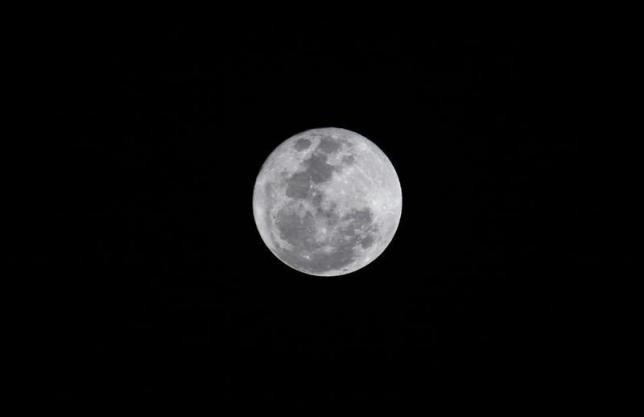A new study reveals that the chemical footprint of both the earth and the moon are very close that prompts theories that the moon was a part of a planet.
Theories suggest that around 5 billion years ago, a planet called Theia which could be compared to Mars or Earth collided with the Earth when the solar system was getting formed. From the said collision, a small explosion caused the formation of the Moon.
Questions like if the moon was a byproduct of earth's formation or was it a product of some other planet's crashing into the earth, have been rumored for years. But according to a recent study, this mystery has finally been resolved, Los Angeles Times reported.
Scientists at the University of Maryland have made an 'isotopic fingerprint' of the moon, which they believe is quite similar to the fingerprint of Earth. They were able to do so because both moon and Earth contain a rare isotope of Tungsten, which was the 'missing link' till now.
The study was conducted by studying some simulations of the planets in the solar system which are known to be byproducts and not real planets. The study revealed that amongst 40 such inner planets, only 5 planets can survive such a theory. So the moon would have to survive great odds to be what it is right now.
Hence, the scientists went to consolidate another theory which says that it might have been possible that the proto planet, called Theia, was similar chemical with Earth and hence, the Moon seems to portray similar chemical characteristics to Earth.
According to UK 24, the study further revealed that Theia and Earth might have formed in similar environments and grew in the similar environments.



























